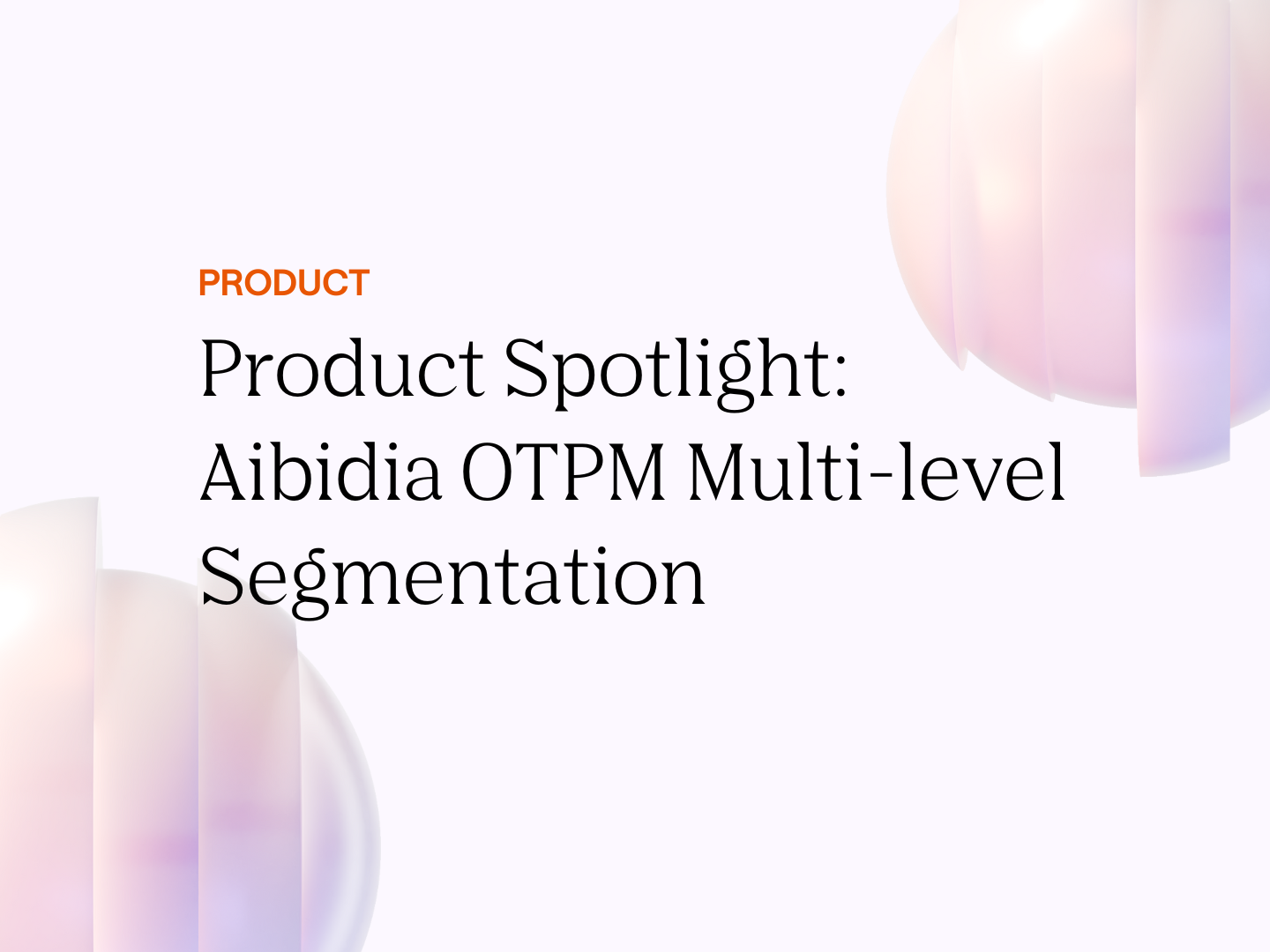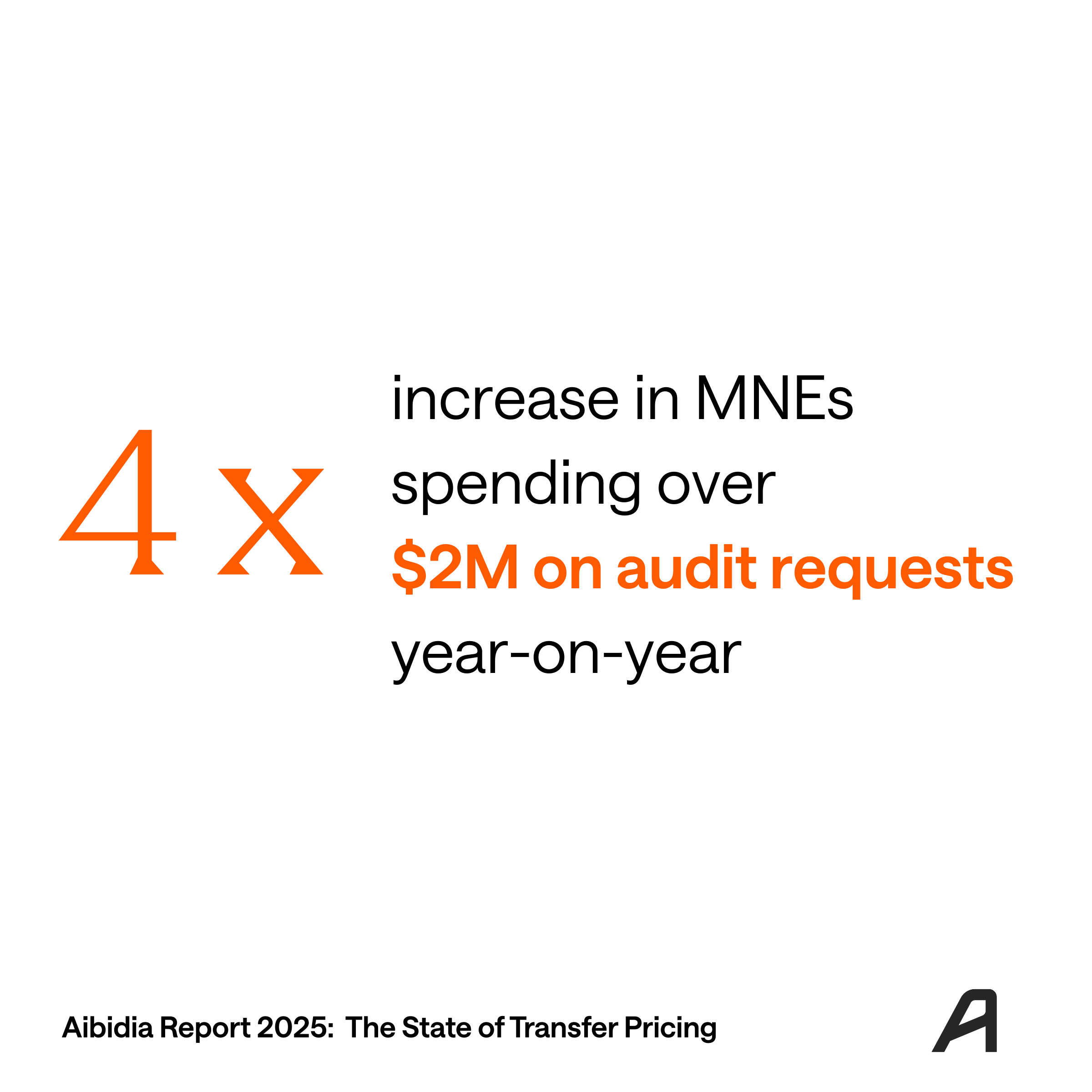While transfer pricing is a necessary component of cross-border trade, it has increasingly become a contentious issue between governments and multinational corporations. This has led to the development of transfer pricing regulations and enforcement mechanisms, resulting in a complex and ever-changing landscape of compliance requirements.
To navigate this landscape, companies are turning to technology solutions that can help them comply with transfer pricing regulations, manage risks, and optimize their tax positions. Transfer pricing technology has become increasingly comprehensive, offering companies the ability to automate their transfer pricing processes, analyze data, and generate reports to support their compliance efforts.
In this blog post, we will explore the lifecycle of transfer pricing controversies, from the pre-audit phase to the resolution, and examine the role that transfer pricing technology can play in helping companies manage the process.

The transfer pricing controversy lifecycle can be broken down into three distinct phases: pre-audit, audit, and resolution. Each phase involves different activities and challenges, and managing the process effectively requires careful planning and strategy.
The Pre-audit Phase
The pre-audit phase is the period before an audit, also known as the prevention phase. During this phase, MNEs can prevent or minimize the risk of a dispute by building defense strategies, documenting their transfer pricing policies, and implementing compliance and risk management processes to prevent any transfer pricing controversy from arising.
To build defense strategies, companies must first understand their transfer pricing risks by conducting a transfer pricing risk assessment. It includes analyzing the company's intercompany transactions, assessing the transfer pricing methods used, and reviewing the company's transfer pricing policies and procedures. This will help identify any areas of potential controversy and allow the company to take steps to mitigate those risks. For example, a company may implement a centralized transfer pricing policy to ensure consistency across different jurisdictions.
Documentation is crucial during the pre-audit phase. Companies must maintain transfer pricing documentation to support their pricing decisions and demonstrate compliance with relevant transfer pricing regulations. This documentation should be prepared in advance and kept up to date to ensure that it is ready for review in the event of an audit. Staying compliant also includes filing appropriate tax returns and disclosures and ensuring the company follows transfer pricing rules in its day-to-day operations.
Risk management encompasses assessing the company's transfer pricing risk profile and developing strategies to manage those risks. This may include implementing transfer pricing policies and procedures, conducting regular internal audits, and working with external advisors to assess and mitigate risks.
Transfer pricing technology can be useful in the pre-audit phase by providing automated solutions for risk identification, data analysis, and documentation preparation. For example, some transfer pricing software solutions can analyze a company's financial data and flag potential transfer pricing risks based on statistical models or benchmarks. This allows companies to identify potential issues and take corrective action before an audit occurs.
Transfer pricing technology can also streamline the documentation preparation process by providing automated workflows for document creation, review, and approval. This ensures that documentation is consistent, accurate, and compliant with relevant regulations, and reduces the risk of errors or omissions.
The Audit Phase
The audit phase is the period from the start to the end of a transfer pricing audit. During this phase, the tax authority will review the company's transfer pricing documentation, conduct interviews with key personnel, and analyze the company's financial data.
The key challenges in this phase include responding to information requests from the tax authority, managing the audit process effectively, and ensuring that the company's transfer pricing policies and procedures are fully understood and documented.
During the audit phase, transfer pricing technology can cover data management, analysis, and reporting. For example, some transfer pricing software solutions can centralize all relevant financial data, supporting documents, and communications in a single platform, making it easy to share information with auditors and track the progress of the audit.
Transfer pricing technology can also help companies to analyze financial data and simulate different transfer pricing scenarios, allowing them to test the impact of different transfer pricing policies and methods on tax liabilities. This enables companies to develop evidence-based arguments to support transfer pricing positions and negotiate more effectively with auditors.
The Resolution Phase
The resolution phase is when the tax authority and the taxpayer seek to resolve any disagreements arising during the audit. This phase may involve negotiations between the company and the tax authority, alternative dispute resolution mechanisms, or litigation.
The key challenges in this phase include understanding the tax authority's position, developing a strategy to address any issues, and working with external advisors to negotiate a settlement or prepare for litigation.
In the resolution phase, transfer pricing technology can assist companies by providing tools for settlement negotiation, alternative dispute resolution, and litigation support. Additionally, transfer pricing technology can make the dispute resolution process more efficient by providing workflows for settlement negotiation and alternative dispute resolution, and by tracking key deadlines and milestones in the litigation process.
How TP Technology Can Help At Each Stage
Pre-Audit: Conduct transfer pricing risk assessment, document transfer pricing policies, implement compliance and risk management processes. Provide automated solutions for risk identification, data analysis, and documentation preparation; streamline workflows for document creation, review, and approval.
Audit: Respond to information requests, manage the audit process effectively, and ensure transfer pricing policies are fully understood and documented. Centralize all relevant financial data, supporting documents, and communications in a single platform; analyze financial data and simulate different transfer pricing scenarios.
Resolution: Negotiate a settlement or prepare for litigation. Provide tools for settlement negotiation, alternative dispute resolution, and litigation support; track key deadlines and milestones in the litigation process.
Conclusion
To summarize, the top benefits of using technology in Transfer Pricing Controversy are:
- Cost Reduction: Technology can streamline transfer pricing processes, reducing the time and effort required to prepare and manage documentation, conduct risk assessments, and analyze financial data. This can reduce costs and free up resources for higher-value tasks.
- Risk Mitigation: Technology can help companies identify and mitigate transfer pricing risks, reducing the risk of non-compliance and penalties. Automated workflows and standardized processes can improve compliance and provide a clear audit trail.
- Improved Visibility and Control: Technology provides real-time data and analytics, allowing companies to make informed strategic decisions and optimize their tax positions. It also provides enhanced visibility and control over transfer pricing processes, reducing the risk of errors or omissions and improving overall financial performance.
Managing the transfer pricing controversy lifecycle requires careful planning and execution. Transfer pricing technology can help companies throughout the transfer pricing controversy lifecycle by providing automated solutions for risk identification, documentation preparation, data management, analysis, reporting, settlement negotiation, and litigation support.
By taking proactive steps and leveraging technology to streamline these processes, preparing robust transfer pricing documentation, and managing the audit and resolution processes effectively, companies can minimize risks and ensure that they are well-positioned to manage any challenges that arise.





%20(2).png)



.png)

.png)
.png)






.svg)
